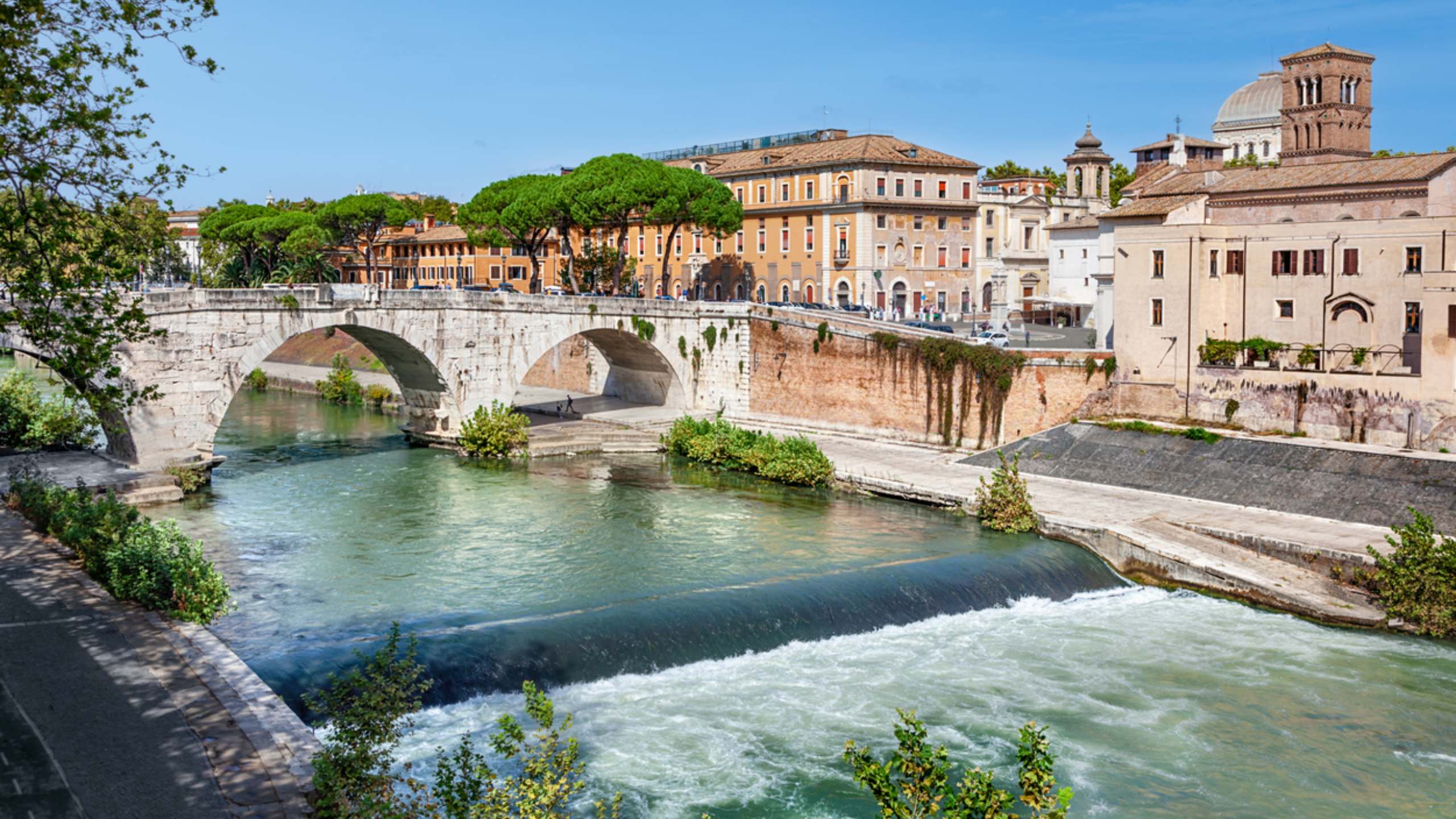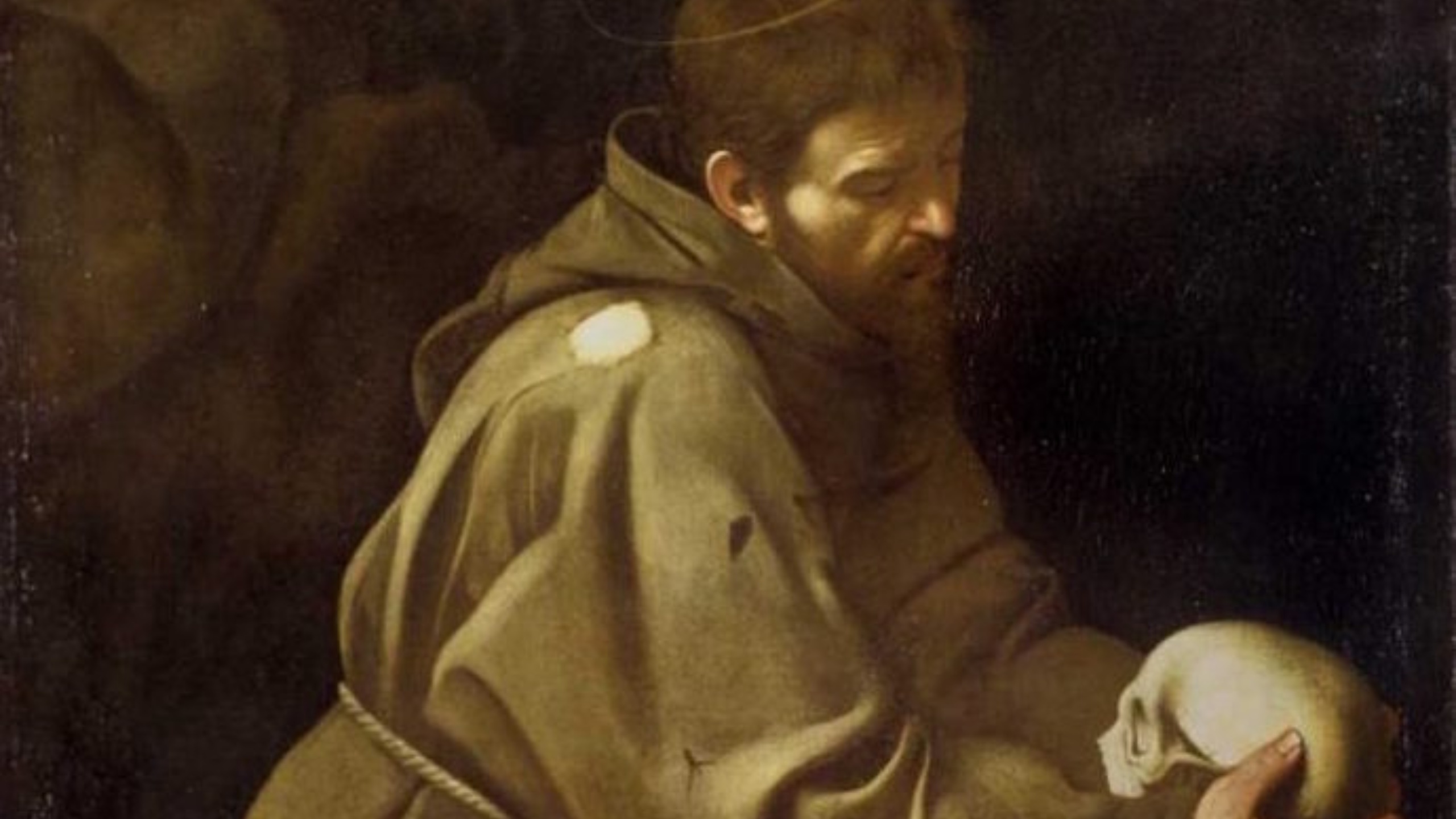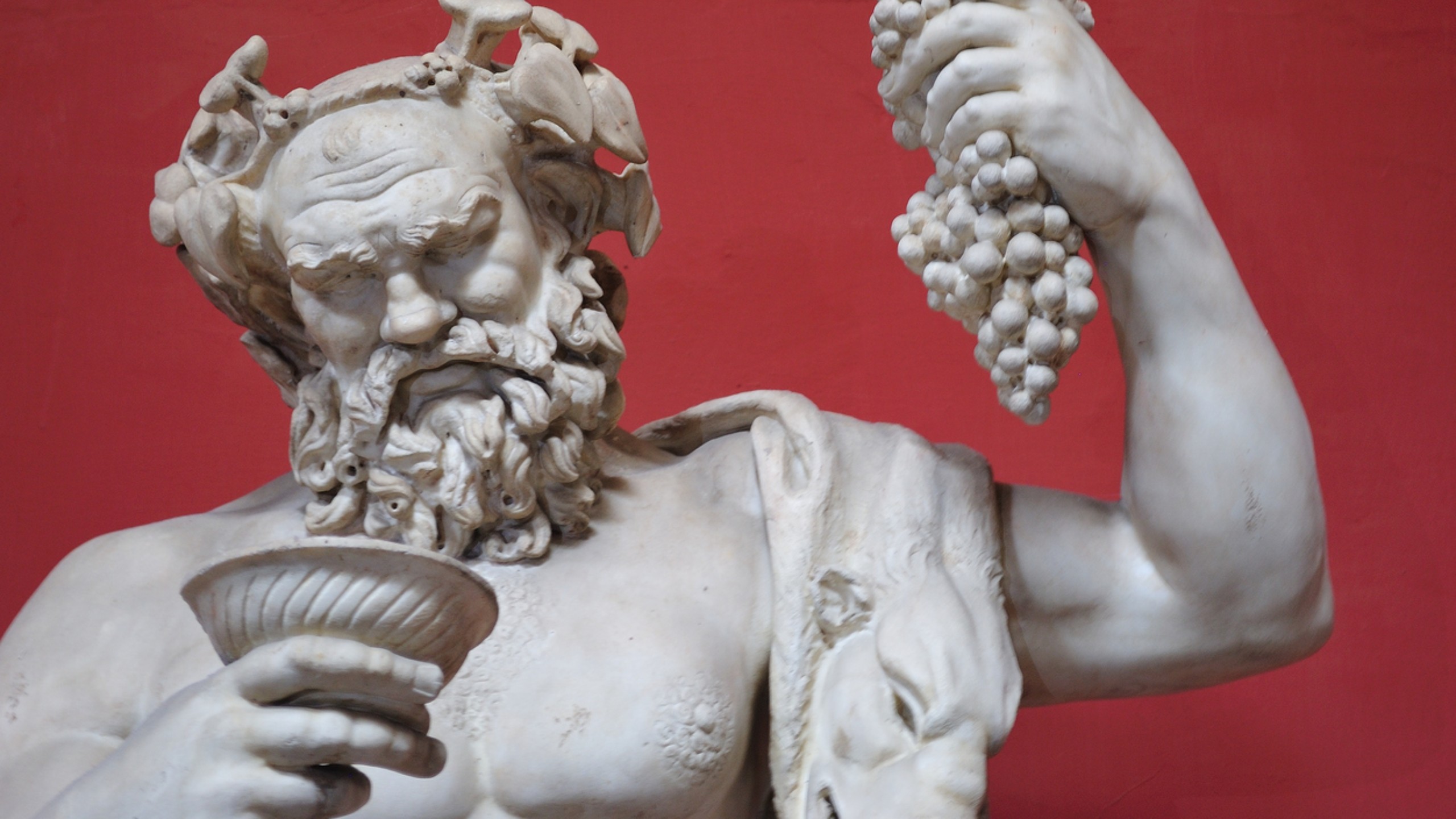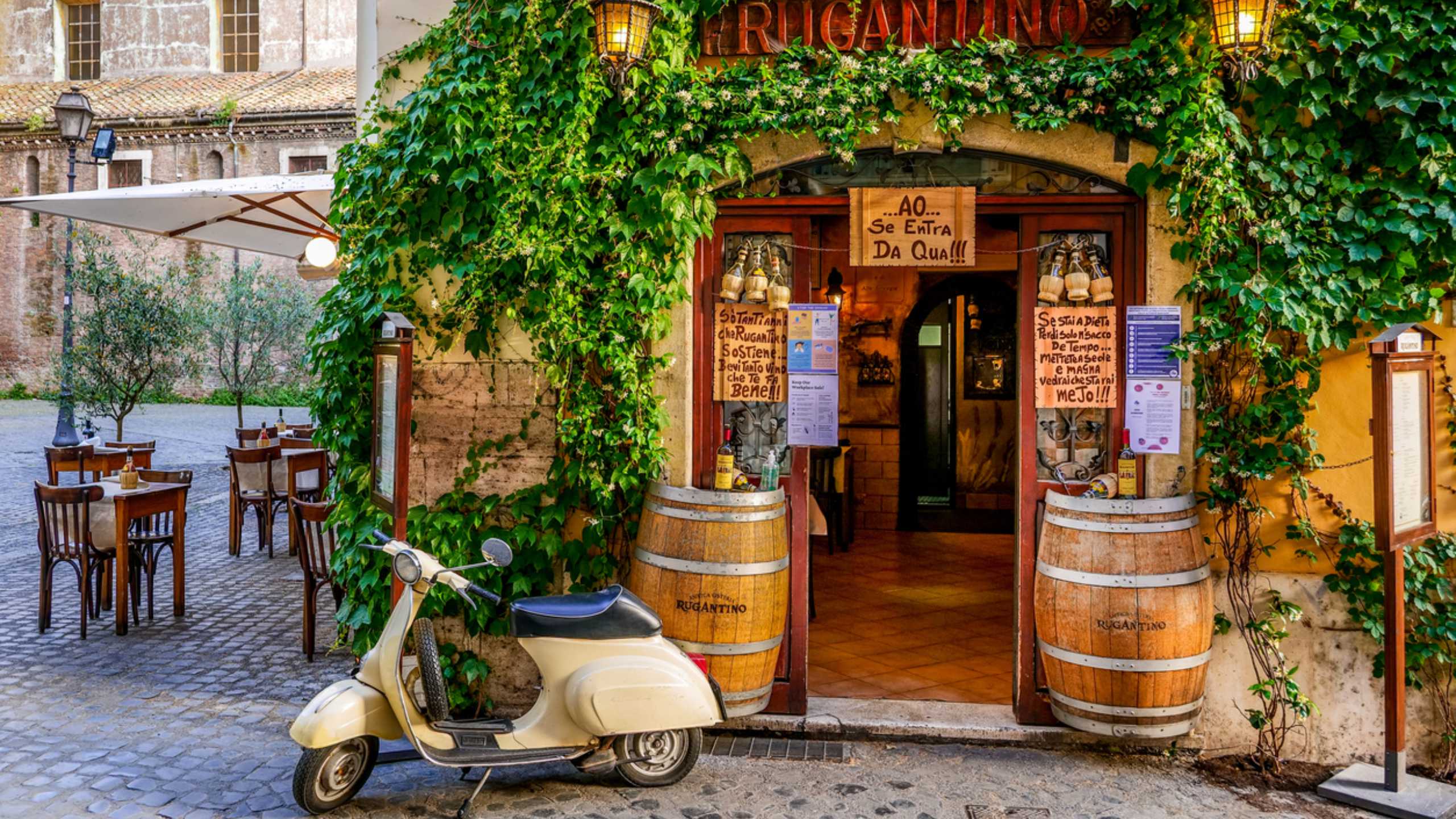SPQR: The institutional heart of Rome
From the underground and the monumental beauty on the surface of Navona Square to the panoramic view of the Eternal City from our Rooftop, passing through the spaces and the frescoes of the seventeenth-century building that hosts us, staying at Eitch is like living within History while walking in Art. Of Roman antiquity, of Borromini’s and Bernini’s Baroque, of contemporary works exhibited in our Gallery, of architecture and important collections around us.
But it is also something else. Because in front of our storical building, in the vicinity of Pantheon, there is the heart of imperial Rome: SPQR - Senatus PopulusQue Romanus, the Senate of the Roman People. With twelve mansions, some of which visitable, that preserve further moments of History and Art.
The main five
We start from Palazzo Madama. Called like this because, at the death of Alessandro de’ Medici in 1537, the mansion passes to his wife Margaret of Austria (daughter of Charles V of Habsburg) said “the Madam”. The building remains the property of the Medici family until the beginning of 1871, when is chosen as the “headquarter” of the Italian Kingdom’s Senate. Since then, the mansion hosts the Senate Chamber, the President’s Bureau and some offices related to the parliamentary activity but also notable frescoes, tapestries, sculptures and paintings.
Palazzo Carpegna, built towards the end of the seventeenth century, is joint to Madama in the 1940s through a two-storey porch, closed upstairs by large windows, with seven arches on granite columns. With subsequent restoration works, the building in which the permanent Commissions meet thus becomes an innovative and prestigious architecture work.
Behind Palazzo Madama, there is Palazzo Giustiniani – made at the end of the sixteenth century and location of the President’s representative apartment, the Senators’ for life Bureaus and the Historical Archive. A symbolic place for Italy’s history, as it’s here that in December 27th 1947 the new Constitution is signed and promulgated.
Crossing the Pantheon Square, we find instead the Palazzo Minerva. Which takes its name from the Temple dedicated to the Roman goddess, in the basement of the ‘Santa Maria on top of Minerva’ Basilica, and which at the center of its square sees an obelisk supported by a small marble elephant designed by Bernini. In 1991 the mansion is assigned to the Senate, who decides to dedicate the building to its rich Library.
Lastly, going back towards Navona Square, there is Palazzo della Sapienza - today the location of the Elections and parliamentary immunities Board and of the Senate Research Service – which ows its name to the Roman University (Studium Urbis) founded in 1303 by Pope Bonifacio VIII. An already important architectural complex but which becomes a true masterpiece thank to the genius of Borromini, who in 1643 builds here the Sant’Ivo alla Sapienza Church with its unmistakable spiral Dome. An unique piece of History and Art, also visible from some of our rooms, from the ‘Borromini Terrace’ Restaurant of our Art Gallery and from our Rooftop’s panoramic view of Rome’s skyline, that everyone by now calls ‘The Great Beauty’.
From the Antiquity to the Baroque, the Risorgimento and the modern Republic: as we use to say, an accommodation at Eitch is not a stay but an experience. Unique.







